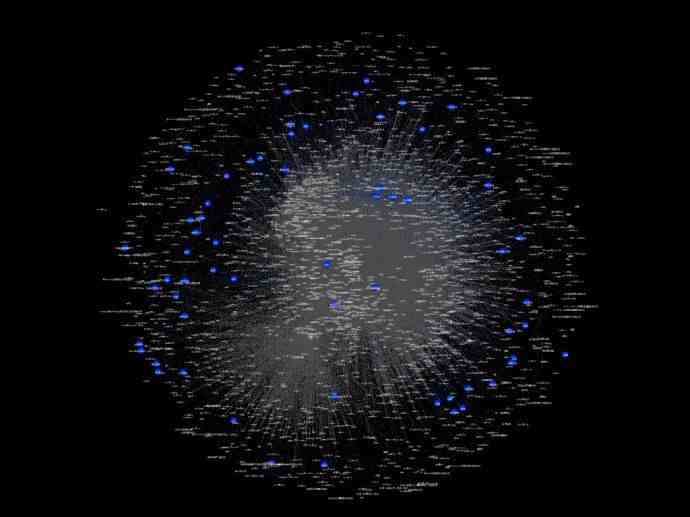初中英语知识点总结|初中英语全程知识点总结及考点分析
初中英语知识点总结(初中英语全程知识点总结及考点分析)

初一年级(上)
【知识梳理】
I. 重点短语
1. Sit down
2. on duty
3. in English
4. have a seat
5. at home
6. look like
7. look at
8. have a look
9. come on
10. at work
11. at school
12. put on
13. look after
14. get up
15. go shopping
II. 重要句型
1. help sb. do sth.
2. What about…?
3. Let?s do sth.
4. It?s time to do sth.
5. It?s time for …
6. What?s…? It is…/ It?s…
7. Where is…? It?s….
8. How old are you? I?m….
9. What class are you in? I?m in….
10. Welcome to….
11. What?s …plus…? It?s….
12. I think…
13. Who?s this? This is….
14. What can you see? I can see?.
15. There is (are) ….
16. What colour is it (are they)? It?s (They?re)…
17. Whose …is this? It?s….
18. What time is it? It?s….
III. 交际用语
1. Good morning, Miss/Mr….
2. Hello! Hi!
3. Nice to meet you. Nice to meet you, too.
4. How are you? I?m fine, thank you/thanks. And you?
5. See you. See you later.
6. Thank you! You?re welcome.
7. Goodbye! Bye!
8. What?s your name? My name is ….
9. Here you are. This way, please.
10. Who?s on duty today?
11. Let?s do.
12. Let me see.
IV. 重要语法
1. 动词be的用法;
2. 人称代词和物主代词的用法;
3. 名词的单复数和所有格的用法;
4. 冠词的基本用法;
5. There be句型的用法 。
【名师讲解】
1. in/on
在表示空间位置时,in表示在某个空间的范围以内,on表示在某一个物体的表面之上 。例如:
There is a bird in the tree. 树上有只鸟 。
There is a picture on the wall. 墙上有张图 。
2. this/that/these/those
(1)this常常用来指在时间、地点上更接近讲话人的人和事,these是this的复数形式 。that常常用来指在时间、地点上离讲话人更远一点的人和事,those时that的复数形式 。例如: You look in this box and I’ll look in that one over there.你看看这个盒子,我去看那边的那个盒子 。
I want this car, not that car. 我想要这辆小汽车,不是那一辆 。
Take these books to his room, please. 请把这些书拿到他房间去 。
This is mine; that’s yours. 这个是我的,那个是你的 。
These are apples; those are oranges. 这些是苹果,那些是橘子 。
(2)在打电话的用语中,this常常指的是我,that常常指的是对方 。例如:
This is Mary speaking. Who’s that? 我是玛丽 。你是谁?
3. There be/ have
There be "有",其确切含意为"某处或某时存在某人或某物 。"其结构是:There be + 某人或某物 + 表示地点或时间的状语 。There be 后面的名词实际上是主语,be 动词的形式要和主语在数上保持一致,be动词后面的名词是单数或不可数名词时用is,名词是复数时用are 。例如:
(1) There is a big bottle of coke on the table. 桌上有一大瓶子可乐 。
(2) There is a doll in the box. 那个盒子里有个娃娃 。
(3) There are many apples on the tree. 那树上有许多苹果 。
总之,There be结构强调的是一种客观存在的"有" 。have表示"拥有,占有,具有",即:某人有某物(sb. have / has sth.) 。主语一般是名词或代词,与主语是所属关系 。例如:
(4) I have two brothers and one sister.我百思特网有两个兄弟,一个姐姐 。
(5) That house has four rooms.那所房子有四个房间 。
4. look/ see/ watch
(1)look 表示“看、瞧”,着重指认真看,强调看的动作,表示有意识地注意看,但不一定看到,以提醒对方注意 。,如:
Look! The children are playing computer games. 瞧!孩子们在玩电脑游戏 。
Look! What’s that over there? 看!那边那个是什么?
单独使用是不及物动词,如强调看某人/物,其后接介词at,才能带宾语,如:
He’s looking at me 。他正在看着我 。
(2)see强调“看”的结果,着重的是look这个动作的结果,意思是“看到”,see是及物动词,后面能直接跟宾语 。如:
What can you see in the picture? 你能在图上看到什么?
Look at the blackboard. What did you see on it?看黑板!你看到了什么?
(3)watch“观看,注视”,侧重于场面,表示全神贯注地观看、观察或注视某事务的活动,强调过程,常用于“看电视、看足球、看演出”等 。如:
Yesterday we watched a football match on TV.昨天我们从电视上看了一场足球比赛 。
4. put on/ / in
put on意为“穿上,戴上” 。主要指“穿上”这一动作, 后面接表示服装、鞋帽的名词 。in 是介词,表示“穿着”强调状态 。在句中可以做定语、标语和状语 。如:
- DK英语短语动词读后感锦集
- 《左手外贸右手英语》读后感100字
- 《DK新视觉 人人学英语 第2册教程 初级》读后感100字
- 麦肯锡教我学英语读后感1000字
- 昫爸亲子英文早教:0-3岁宝宝英语启蒙(套装全5册)经典读后感有
- 学习最重要的是
- 学英语从态度到习惯
- 英语教师考核述职报告怎么写?
- 初中学校教学工作计划怎么写?
- 初中学生毕业班主任赠言怎么写?
